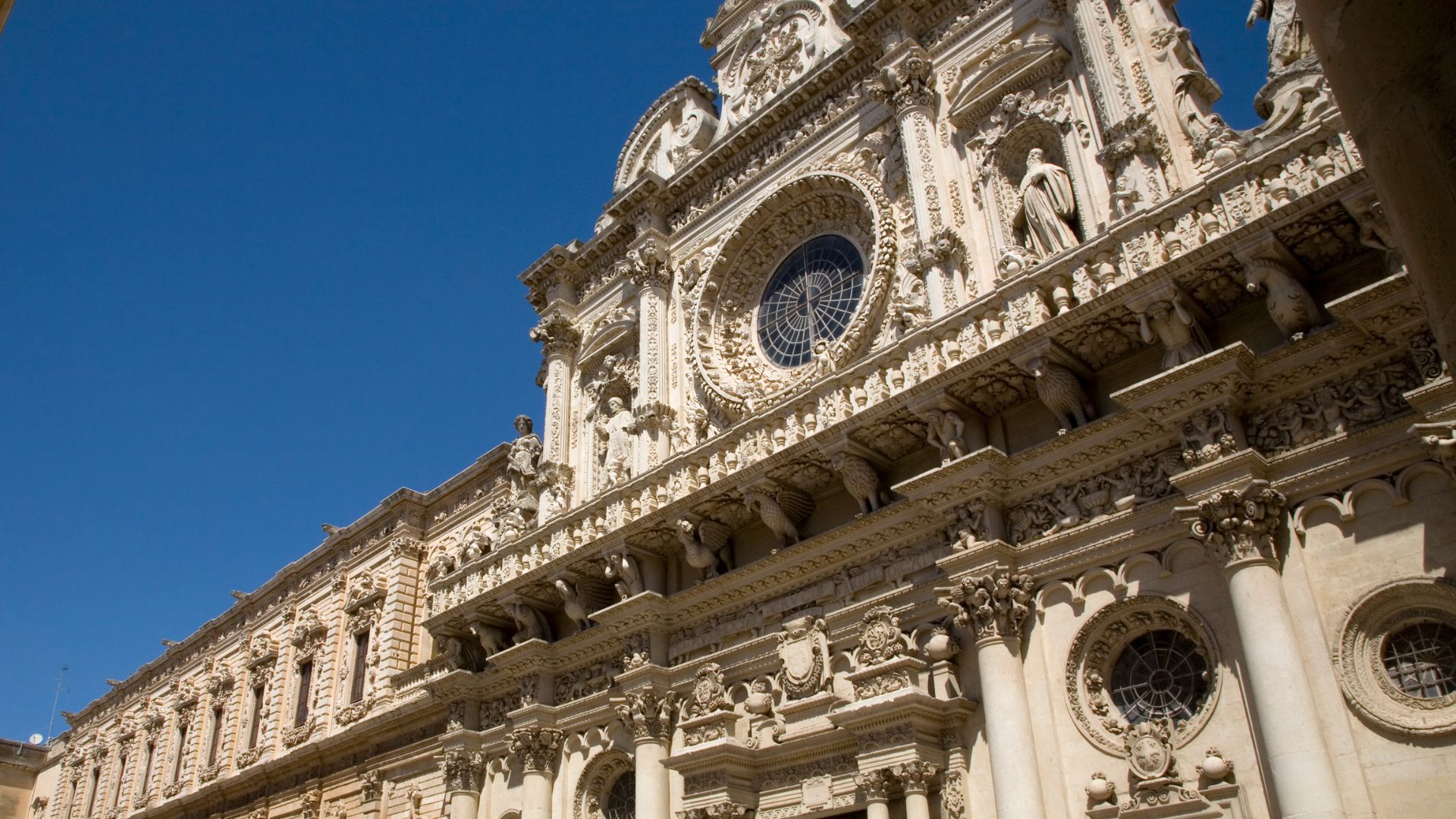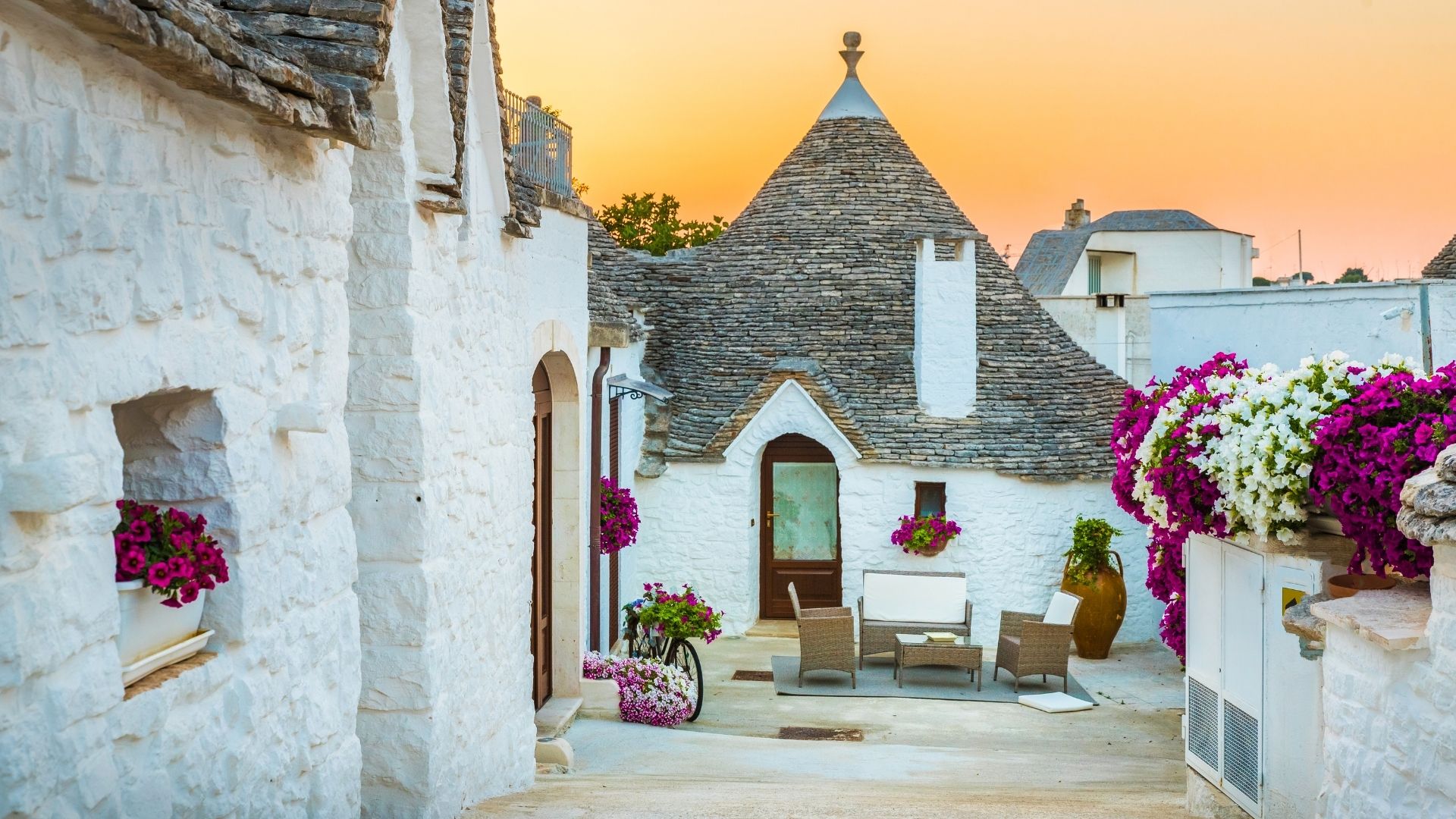When you head into the rolling hills of Puglia’s Itria Valley, you’ll quickly realize Alberobello isn’t the only spot to see the region’s famous trulli houses.
Sure, this UNESCO town steals the spotlight, but the authentic charm of these unique stone dwellings spreads like wildflowers throughout the countryside.
Between Martina Franca, Locorotondo, and Cisternino, thousands of trulli still serve as actual homes and farmhouses. These spots give you a glimpse of real Puglian life—way more genuine than the touristy trulli in town.
I stumbled across these magical structures after taking a wrong turn on a back road near Martina Franca.
Out here, the Trulli felt different. Some looked freshly restored, while others proudly wore their centuries-old weathering.
Their whitewashed walls and conical stone roofs popped up among olive groves and vineyards, creating a fairy-tale scene you just don’t see in guidebooks.
What’s special about these rural trulli? You get to see them as they were meant to be—part of Italy’s living heritage.
Farmers still use them for storage, and some families have turned them into charming holiday homes.
Local families have lived in these structures for generations, adapting the old buildings for modern life while keeping their history alive.
Renting one, even for a single night, connects you to Puglia in a way that quick visits to Alberobello just can’t touch.
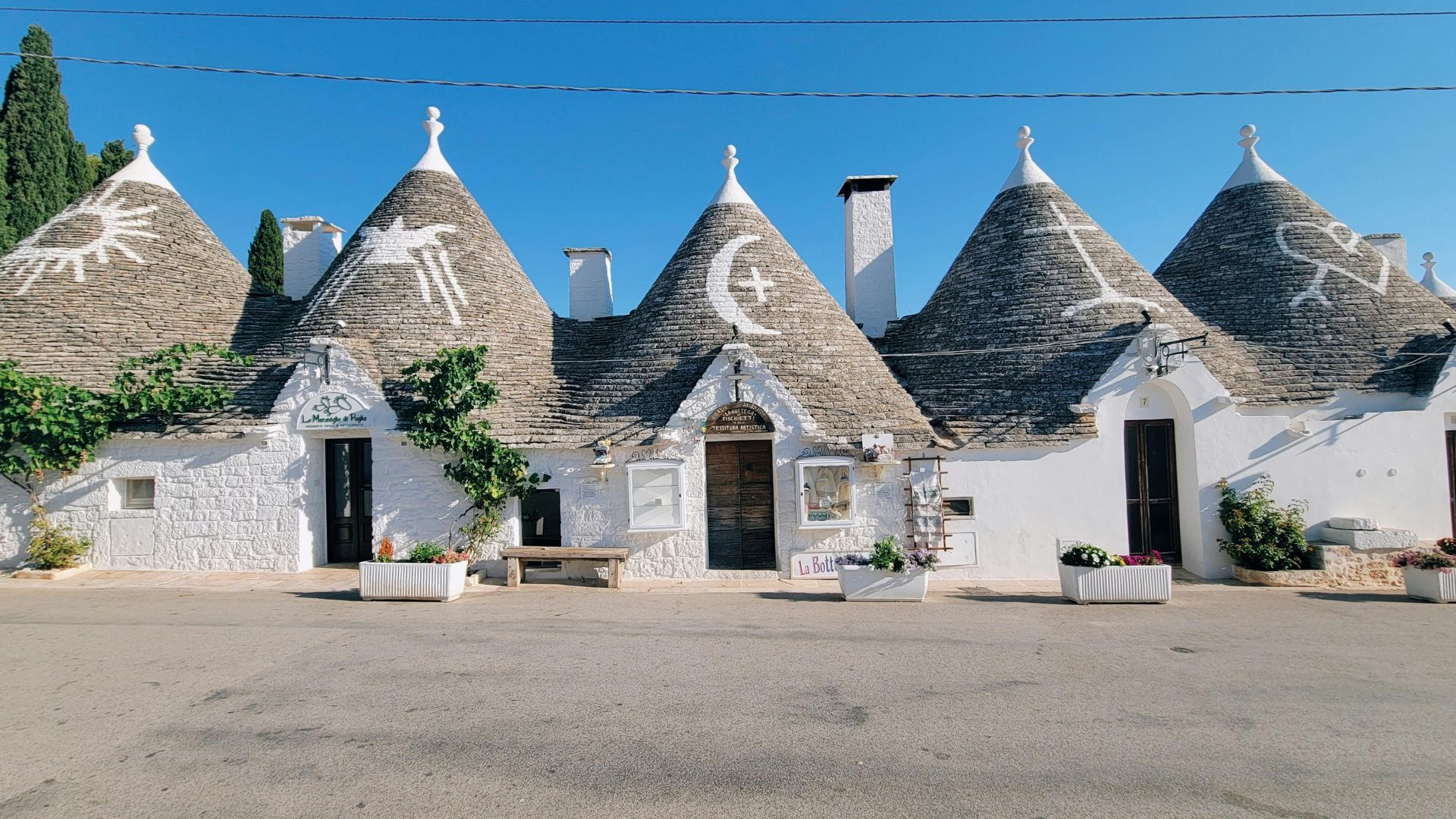
Why Venture Beyond Alberobello For Authentic Trulli Experiences
Alberobello shines as the crown jewel of trulli architecture. But the countryside of Valle d’Itria hides treasures that offer a more personal connection with these iconic structures.
Overtourism And The Search For Tranquility
Alberobello, honestly, suffers from its own UNESCO fame.
When I visited, I watched the main trulli districts morph into buzzing tourist hubs, especially in summer.
Tour buses rolled in, and the narrow streets filled up with people snapping photos.
Most trulli in town now serve as souvenir shops or restaurants, not homes. Locals have turned many into commercial spots for visitors.
Just a short drive—15 or 20 minutes—outside Alberobello, I found peaceful clusters of trulli where local life keeps rolling along.
The countryside felt quieter. Birds sang; no tour guides shouted history lessons.
The real magic is seeing trulli in their natural role—as farmhouses scattered through Southern Italy’s hills, surrounded by olive trees and vineyards.
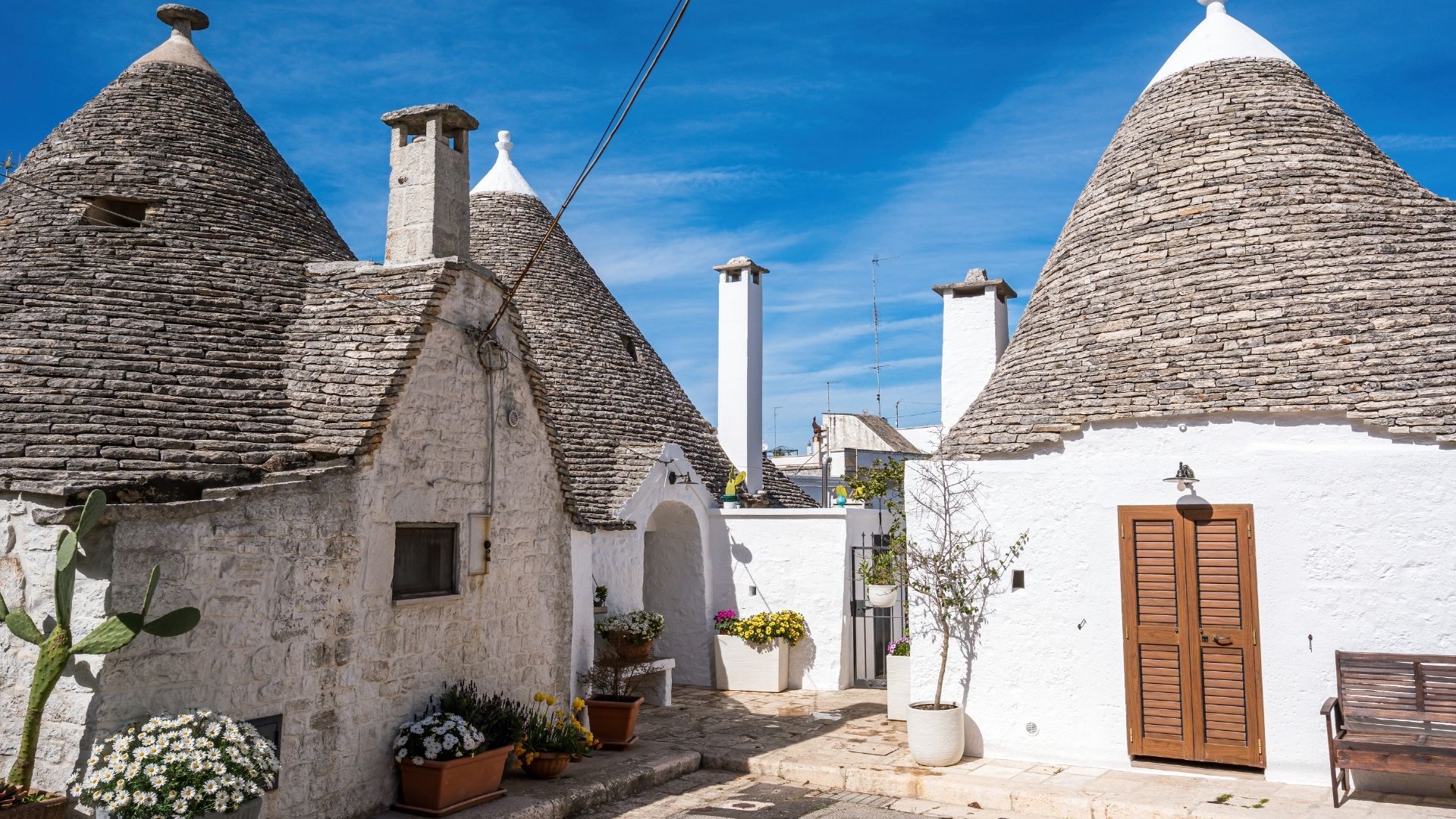
Understanding The Roots Of Trulli Architecture
Farmers in Valle d’Itria didn’t build trulli for tourists, but as practical dwellings.
The countryside trulli reveal their purpose and clever design—things you miss in town.
Builders used local limestone and skipped mortar. They called this “dry stone” construction.
This method let farmers quickly dismantle their homes when tax collectors showed up—a crafty tax dodge back in the day.
Rural trulli often keep working cisterns for rainwater, original fireplaces, and cozy alcoves that show how families actually lived.
Some still run working farms, complete with olive presses and wine-making tools.
I’ve spent afternoons chatting with elderly trulli owners who shared stories about growing up in these cone-roofed homes.
Many countryside trulli still display symbolic markings on their roofs—primitive paintings with religious or astrological meanings, tying back to old traditions.
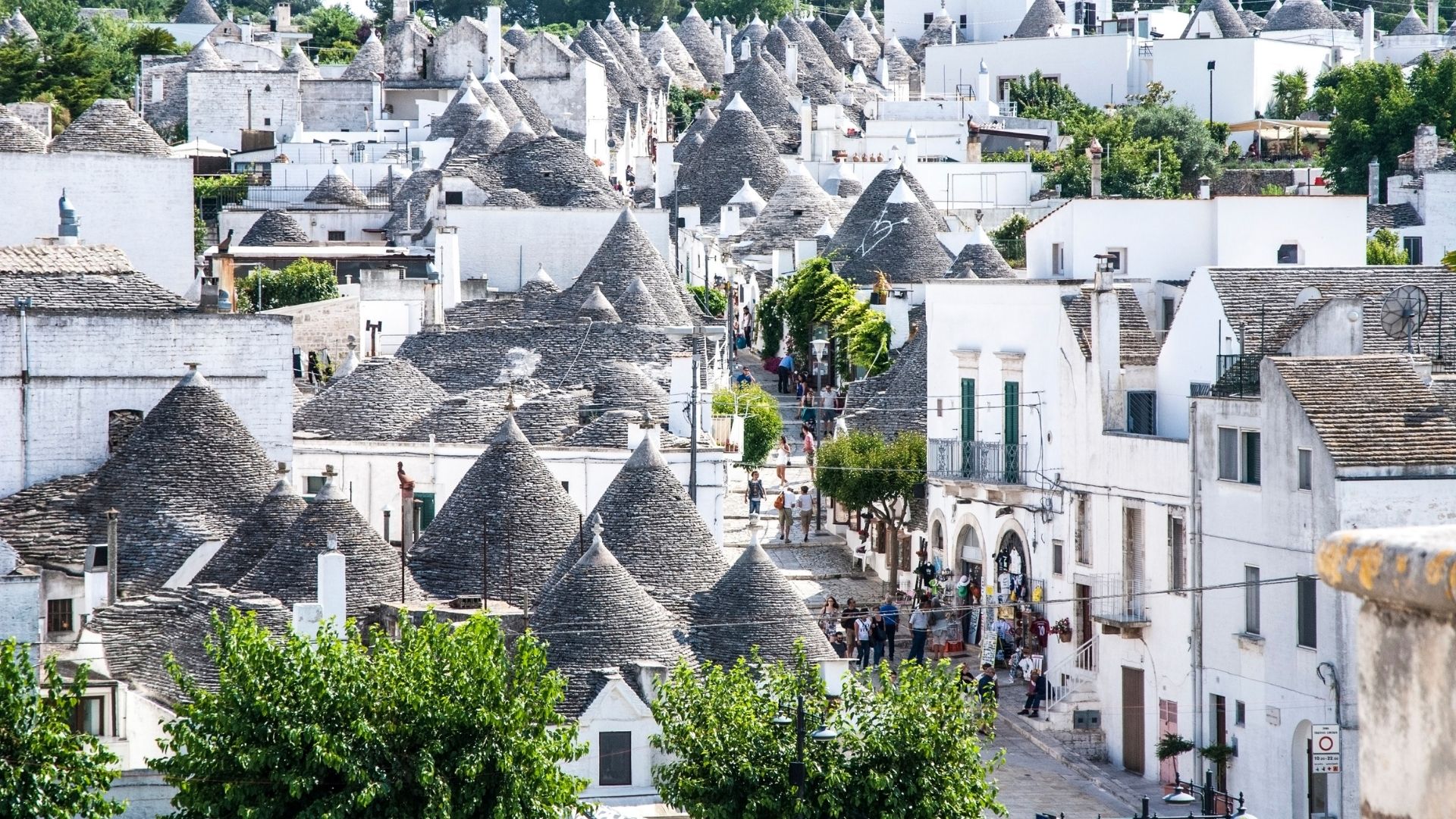
Discovering The Best Countryside Trulli Locations
Valle d’Itria offers endless chances to see authentic trulli houses far from the crowds.
These stone gems dot the landscape like little guardians of Puglian tradition.
Exploring Itria Valley’s Hidden Villages
I quickly realized trulli aren’t just an Alberobello thing—they’re scattered all over the Itria Valley. It’s a bit like finding magical mushrooms in the grass.
Thousands of these cone-roofed structures dot the hills between the Bari, Brindisi, and Taranto provinces.
On winding country drives, I found clusters of trulli tucked among olive groves and vineyards.
Local farmers still use many as working buildings or weekend escapes.
The stretch between Locorotondo and Cisternino felt especially rich with trulli sightings.
If you can, rent a car and drive the SP14 road—you’ll spot trulli perched on hillsides everywhere.
Stop at roadside stands for fresh produce and admire these architectural wonders right where they belong.

Locorotondo: Whitewashed Charm And Authenticity
Locorotondo completely won me over with its circular layout and brilliant white buildings.
This town makes a great base for trulli adventures, with plenty of examples in the surrounding countryside.
What’s cool about Locorotondo is the contrast: its spotless old town sits just minutes from a rural landscape dotted with trulli.
From the panoramic viewpoints, I spotted cone-roofed structures scattered across vineyards famous for their white wines.
Just a few miles outside town, I found Contrada Trito, where families have kept up trulli for generations.
Here, trulli still work as farm buildings, not tourist traps.
Some local families even offer farm stays in lovingly restored trulli, giving you a real taste of Puglian life.
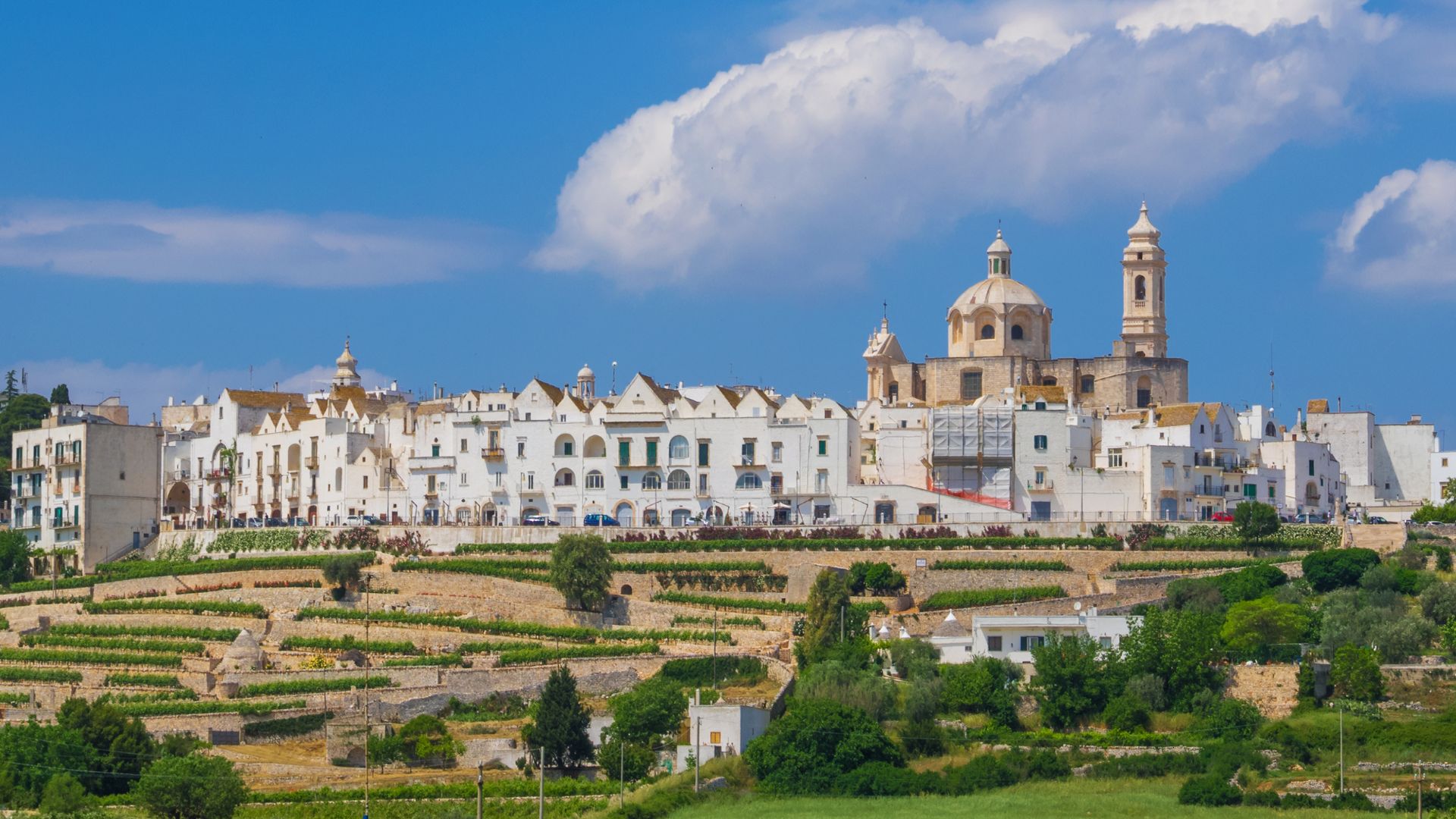
Cisternino And Martina Franca: Local Life Unveiled
Cisternino charmed me with its chill vibe and amazing food.
Between here and elegant Martina Franca, the countryside reveals some of the most authentic trulli experiences in Valle d’Itria.
I loved exploring Contrada Figazzano near Cisternino, where trulli stand as part of working farms.
Some owners have turned parts of their property into small B&Bs, but they keep up the farming too.
Martina Franca brings a different flavor with its baroque architecture, which contrasts beautifully with the rural trulli.
Just a quick drive from the city gates, I found properties where families have modernized trulli interiors but kept the traditional look outside.
If you can, visit during harvest season (September-October). Many trulli owners join local festivals celebrating wine and olive oil, opening their doors to visitors.
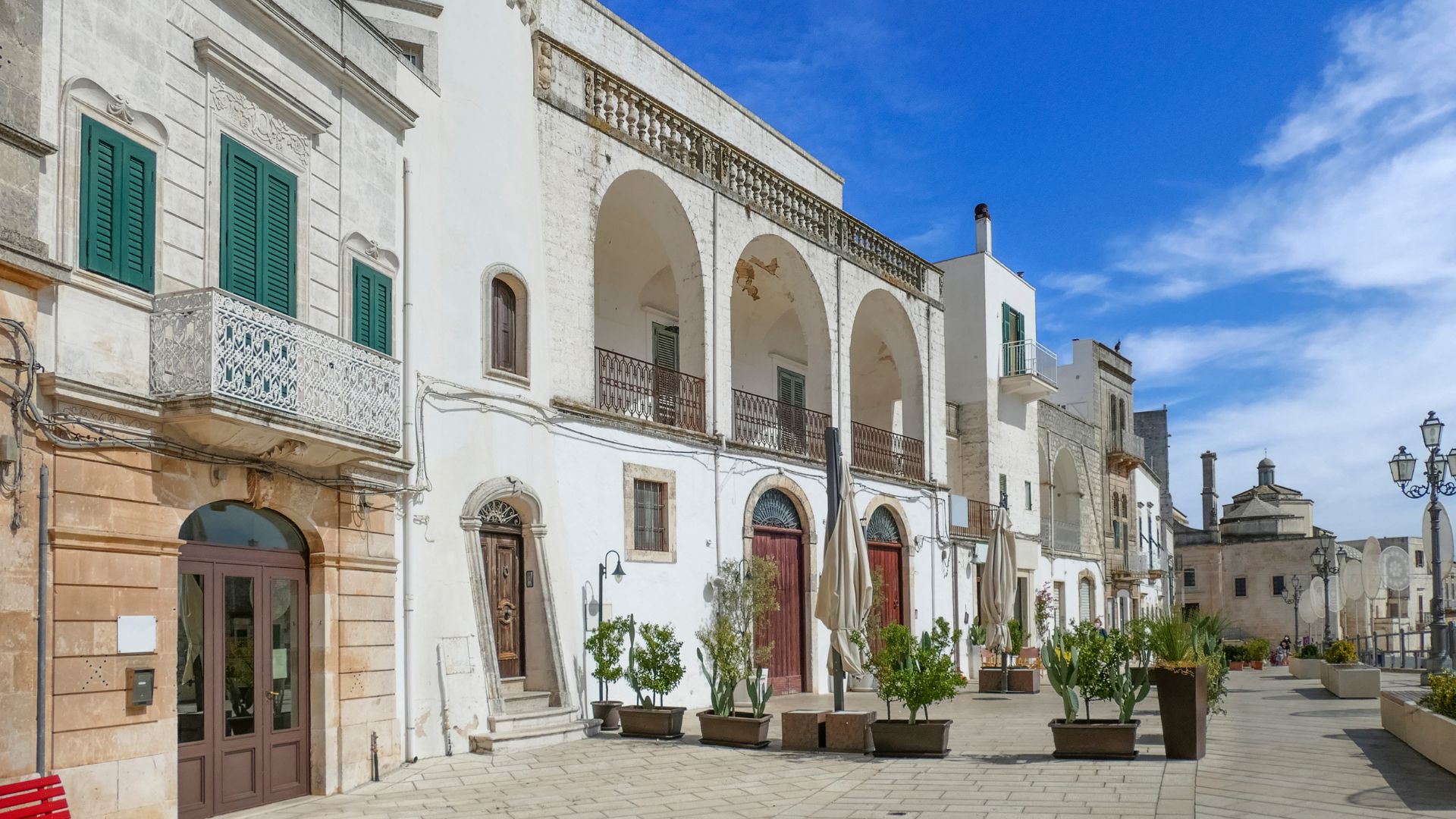
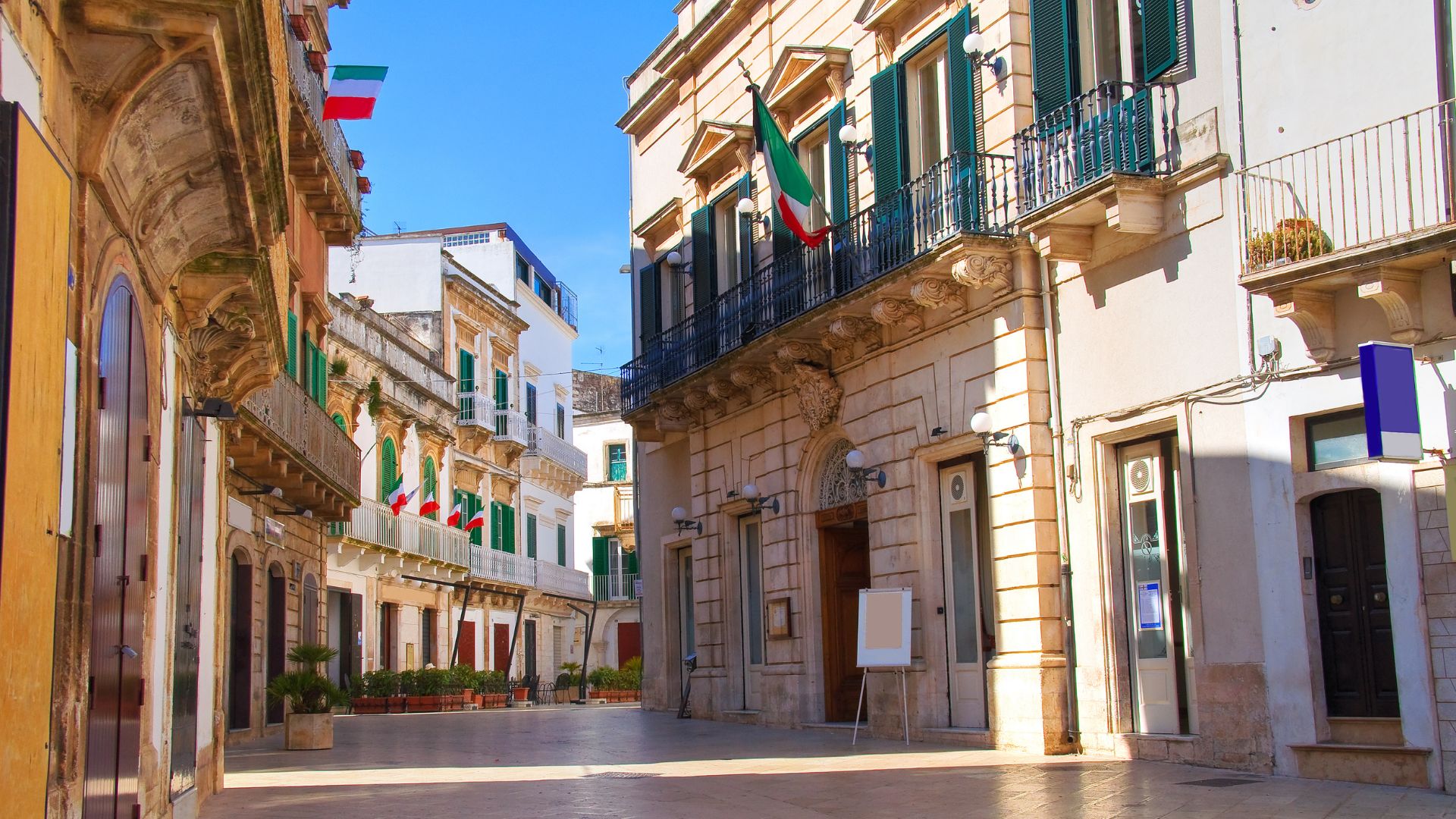
Choosing The Perfect Trullo Stay In The Countryside
Finding a countryside trullo beats staying in touristy spots like Alberobello, hands down.
When I looked for my ideal trullo, I realized location, amenities, and authenticity made all the difference.
What To Look For In Trulli Accommodations
Location matters. I suggest staying in Valle d’Itria, where you’ll find the highest concentration of trulli.
This puts you close to towns like Monopoli, Locorotondo, and Martina Franca.
Authenticity counts, too. Look for places that keep traditional features but add modern comforts.
The best trulli have those classic conical roofs, thick stone walls, and charming little alcoves.
Private parking is a must—you’ll need a car to get around.
Air conditioning is another essential, especially in Puglia’s hot summers.
Think about size. Many traditional trulli are pretty snug, so if you want more room, look for properties with multiple cones or modern add-ons.

Top Amenities: Pools, Gardens, And Wi-Fi
Swimming pools top my list of countryside trullo perks.
Properties with pools usually cost about €300 more per week, but trust me, it’s worth it after a day in the Puglian sun.
Some luxury spots even have heated or infinity pools.
Gardens and outdoor spaces add so much.
My favorite trullo had a gazebo surrounded by fruit trees, and I picked fresh cherries right there.
Wi-Fi isn’t optional anymore, even out here.
I’ve stayed in several trulli with strong connections, which made sharing photos and planning trips easy.
Outdoor cooking setups like stone barbecues or wood-fired ovens are a huge plus.
Some of my favorite evenings were spent making dinner under the stars in my trullo’s outdoor kitchen.
Immersing Yourself In Local Flavors And Experiences
Exploring the countryside around Alberobello is a feast for the senses.
You’ll find authentic tastes and traditions that show off the soul of Puglia.
Savoring Regional Cuisine And Wine Bars
The countryside near Alberobello hides culinary treasures you won’t find in crowded tourist spots.
I found tiny family-run trattorias serving orecchiette pasta with turnip tops—a regional dish that tastes different when locals make it.
Wine bars tucked among the olive groves offer tastings of Primitivo and Negroamaro.
During my visits, the best moments came when the owner poured my glass and told the vineyard’s story, sometimes in broken English, always with passion.
Don’t skip burrata cheese at its source—creamy, fresh, and often served just hours after it’s made.
Many countryside masserie (farmhouses) offer cooking classes where you can learn to make traditional focaccia pugliese with local olive oil.
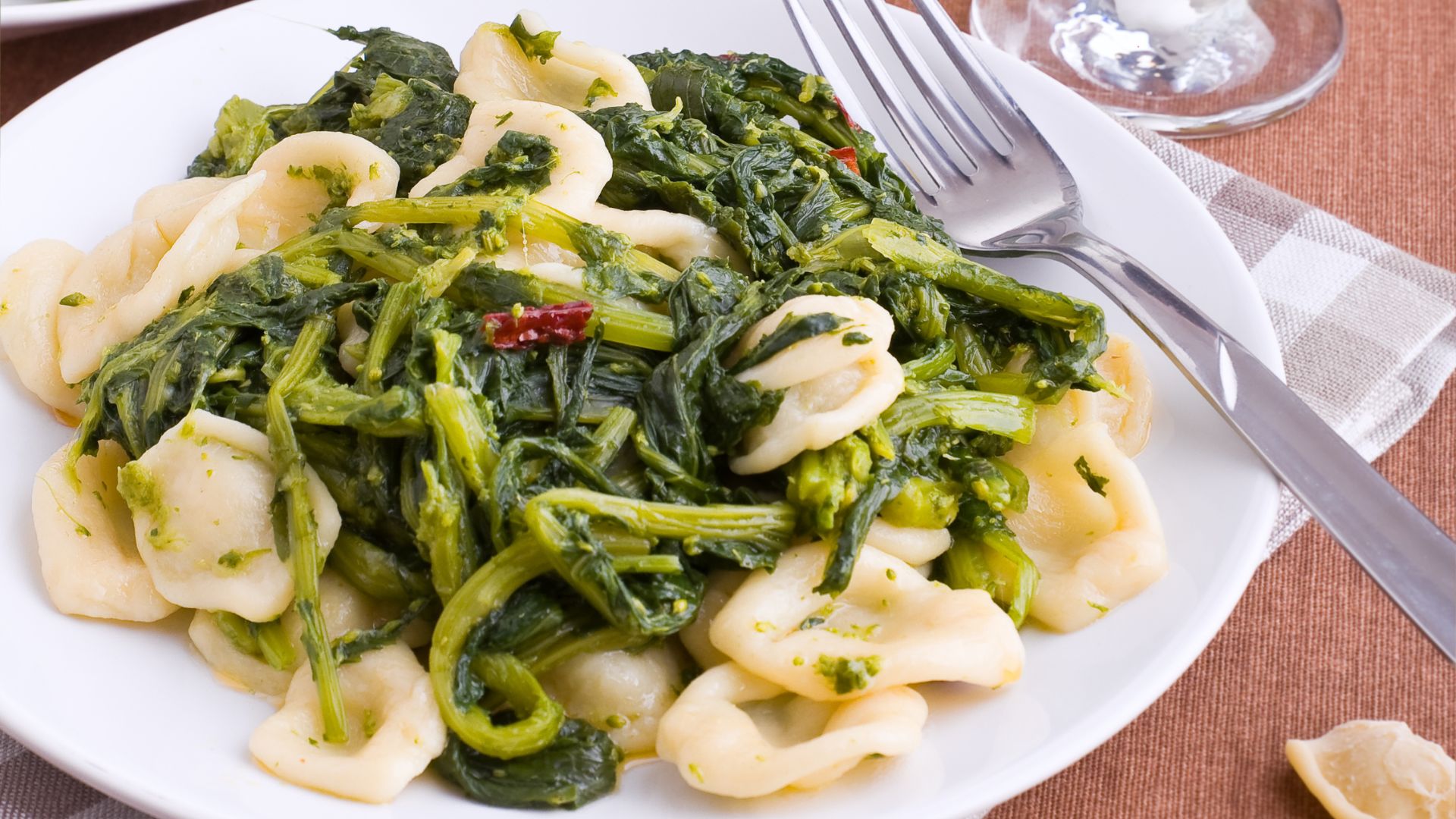
Markets, Traditions, And Countryside Living
Weekly markets still pulse at the heart of rural Puglia.
I wandered through stalls of sun-ripened tomatoes, fragrant herbs, and handmade cheeses while locals bargained in dialect.
Seasonal festivals showcase traditions that go way back.
During harvest, I joined families collecting olives using age-old methods.
Pressing oil from fruit I helped gather felt deeply satisfying and connected me to the land in a way no regular tourist experience could.
Many trulli owners invite visitors inside to demonstrate traditional crafts like:
- Lacemaking
- Basket weaving
- Bread baking in stone ovens
These moments taught me more about Puglian culture than any guidebook ever could.
Life in the countryside here moves with the seasons, not the clock.
Golf, Horta, And Other Authentic Activities
You’ll find some fantastic golf courses tucked into Puglia’s rolling hills.
I played a round at San Domenico Golf, where ancient olive trees line fairways with Adriatic views—a pretty unique backdrop.
Horta (vegetable gardening) is a big part of rural life.
Many agriturismo places invite guests to help tend gardens, pick vegetables, and cook meals with the day’s harvest.
Other authentic activities I loved:
- Tasting olive oil with master producers
- Learning traditional folk dances at evening gatherings
- Cycling along old paths connecting scattered trulli
- Helping with grape harvests at family vineyards
These hands-on experiences stick with me far more than photos of famous sights.
The warmth of the countryside locals makes even simple things feel special.
Exploring Beyond: Day Trips And Nearby Destinations
While staying near Alberobello, I realized the best memories often come from exploring the wider region.
Puglia’s day trips wowed me with everything from ancient cave dwellings to gorgeous coastlines.
Historic Matera And Its Sassi
Matera sits just a 90-minute drive from Alberobello. It’s one of Italy’s oldest continuously inhabited cities and a UNESCO World Heritage site.
The sassi districts amazed me—ancient cave dwellings carved into the mountainside, some thousands of years old.
Wandering the winding streets felt like stepping into another world.
The pale limestone buildings create an almost otherworldly setting.
Don’t miss the rupestrian churches with faded frescoes.
I suggest starting at Casa Noha for a quick intro to Matera’s history before you set off on your own.
The city has completely transformed over the years, going from “national shame” to European Capital of Culture in 2019.
Now, many Sassi house boutique hotels, restaurants, and artisan shops.
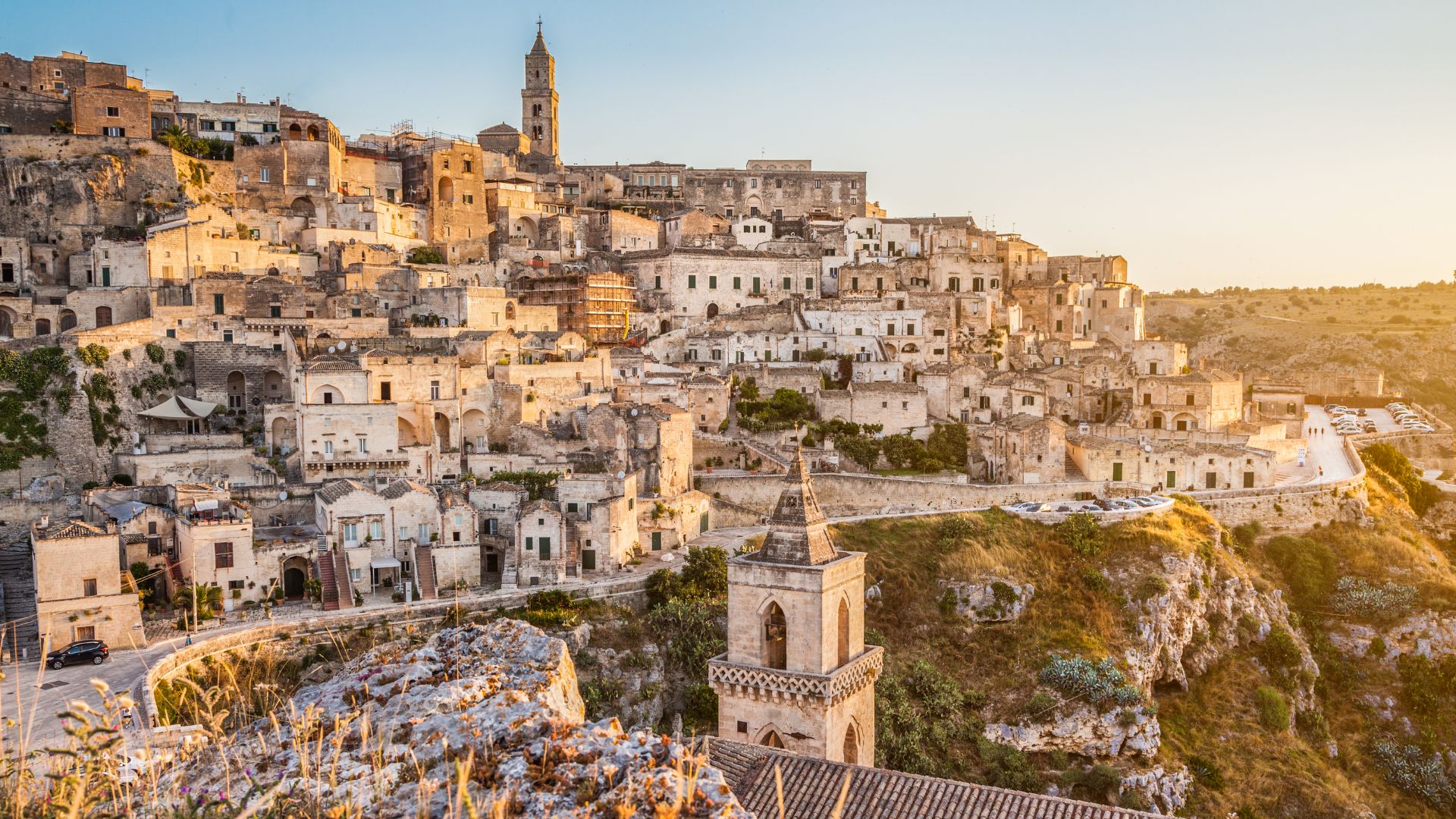
Coastal Escapes: Savelletri To Polignano a Mare
The Adriatic coastline sits just 30 minutes from Alberobello. It gives you a refreshing break from wandering inland.
I kicked off my coastal adventure in Savelletri. This little fishing village serves up some of the best seafood right on the water—honestly, you can’t get much fresher.
Driving north to Polignano a Mare? The coastal roads are gorgeous, and I kept pulling over just to dip my toes in the sea. The town itself rises on limestone cliffs that plunge straight into shockingly clear water.
I lost track of time exploring Polignano’s old town. The whitewashed streets, quirky shops, and cozy coffee spots in Piazza Vittorio Emanuele make it easy to linger.
If you’re feeling brave, cliff diving is a big thing here. I stuck to watching from a boat tour—those sea caves beneath the town are wild.
The famous Lama Monachile beach is tiny and pebbly, but wow, it might just be one of the prettiest places for a swim in all of Italy.
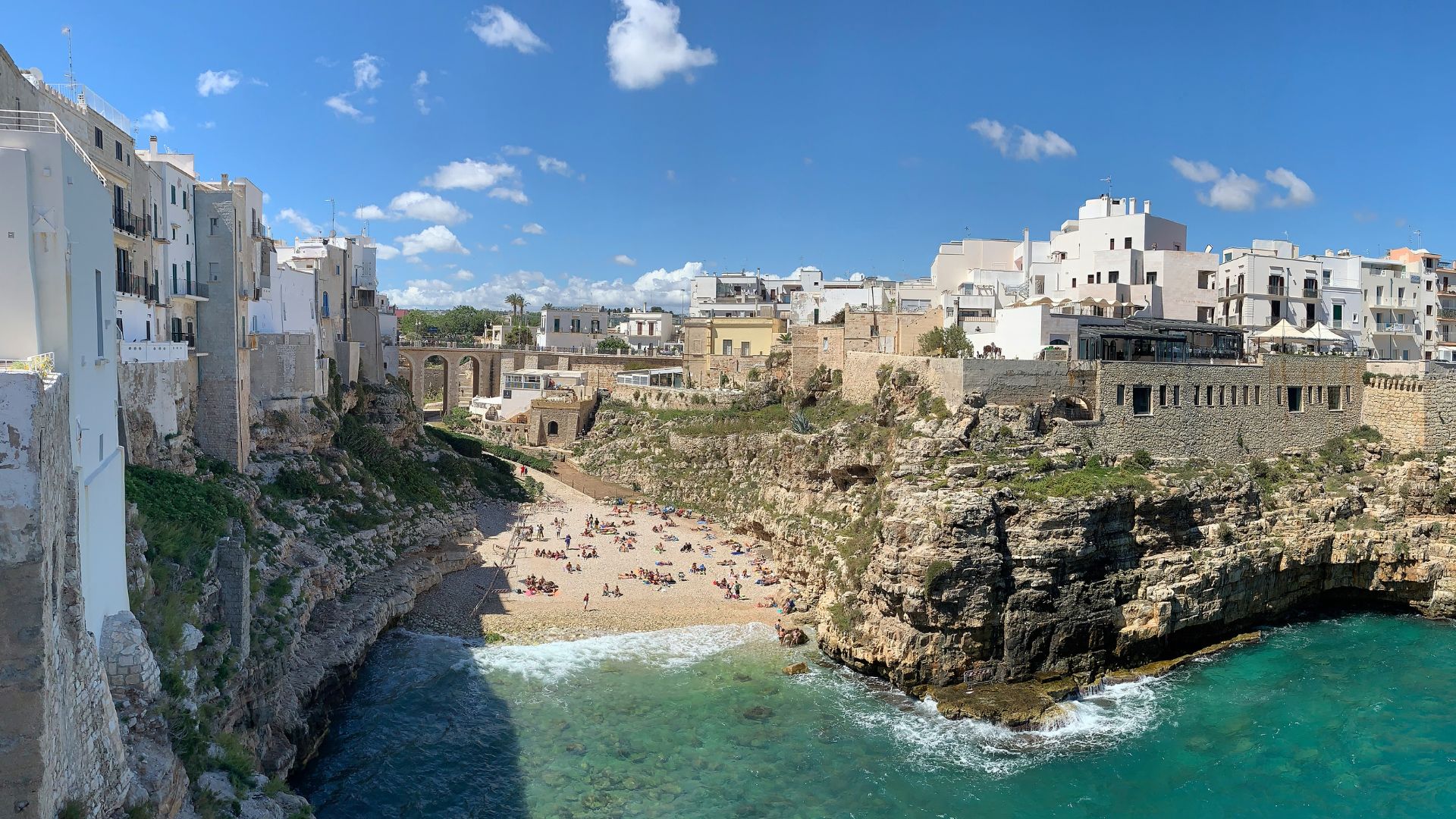
Baroque Wonders In Lecce And Taranto
Lecce, sometimes called “The Florence of the South,” bursts with Baroque architecture you just can’t ignore. I found myself drawn in by those intricate facades, all carved from that warm, honey-colored limestone, especially the over-the-top Basilica di Santa Croce.
You can wander the historic center easily since it’s mostly for pedestrians. Don’t skip the Roman amphitheater in Piazza Sant’Oronzo, and honestly, you have to try pasticciotto—a custard-filled pastry that’s kind of addictive.
Taranto brings a totally different vibe with its split personality. The città vecchia (old town) perches on an island, connected to the mainland by bridges.
I got a little lost in the maze of narrow alleyways, but stumbling onto the Aragonese Castle felt worth it. The National Archaeological Museum of Taranto surprised me with its incredible collection of ancient Greek artifacts.
Afterward, I grabbed some fresh seafood at a spot along the Mar Grande waterfront. Sitting there, watching fishing boats bob in the harbor, just felt right.
